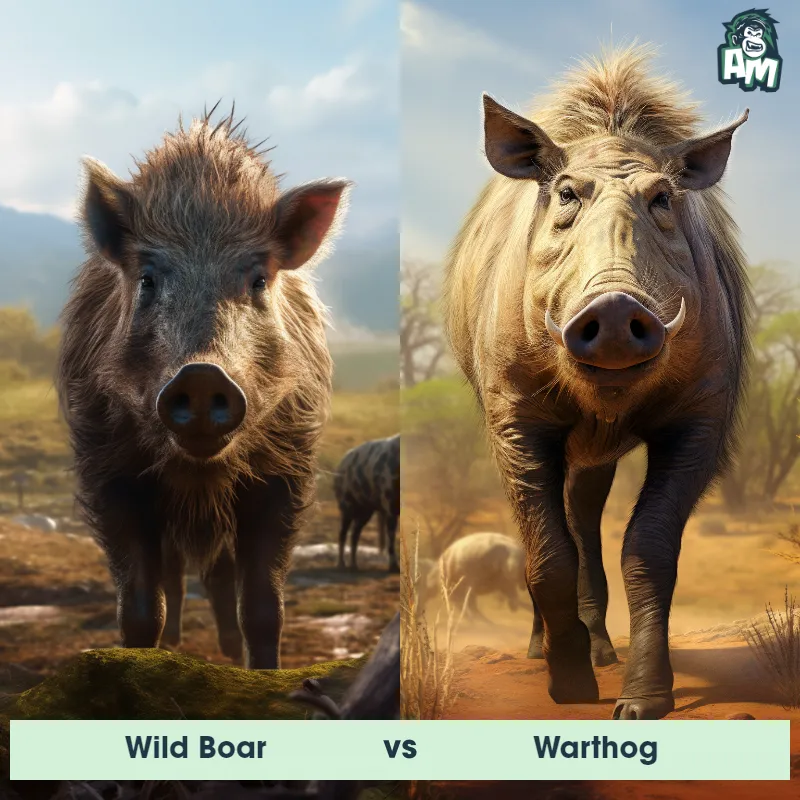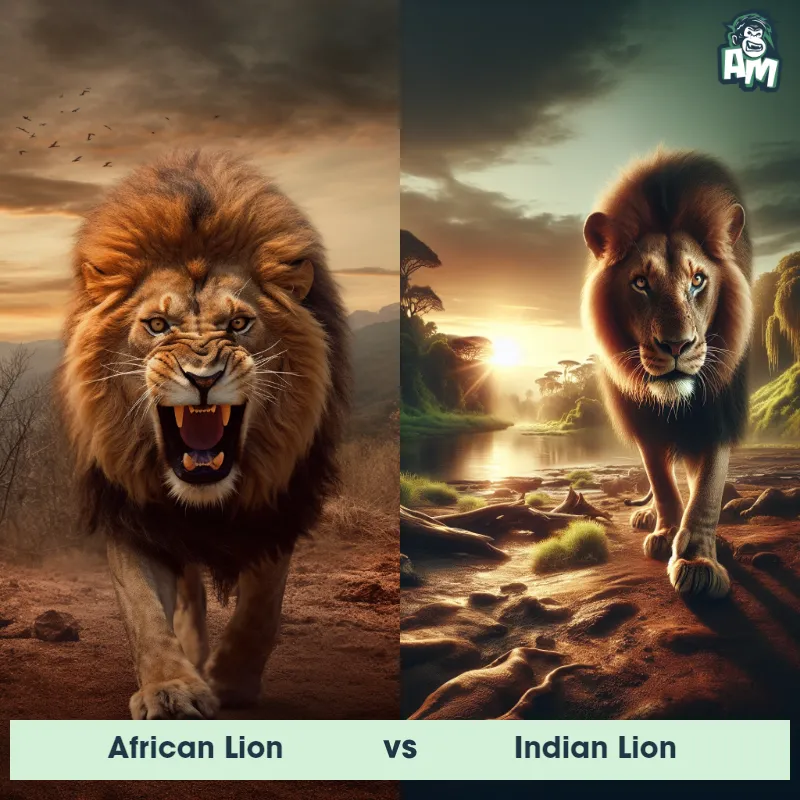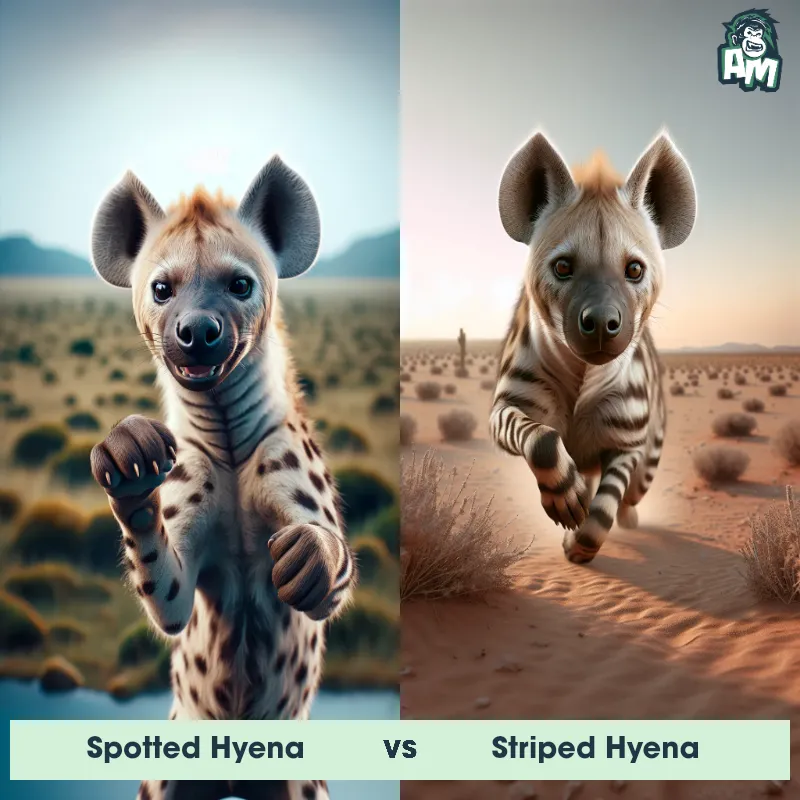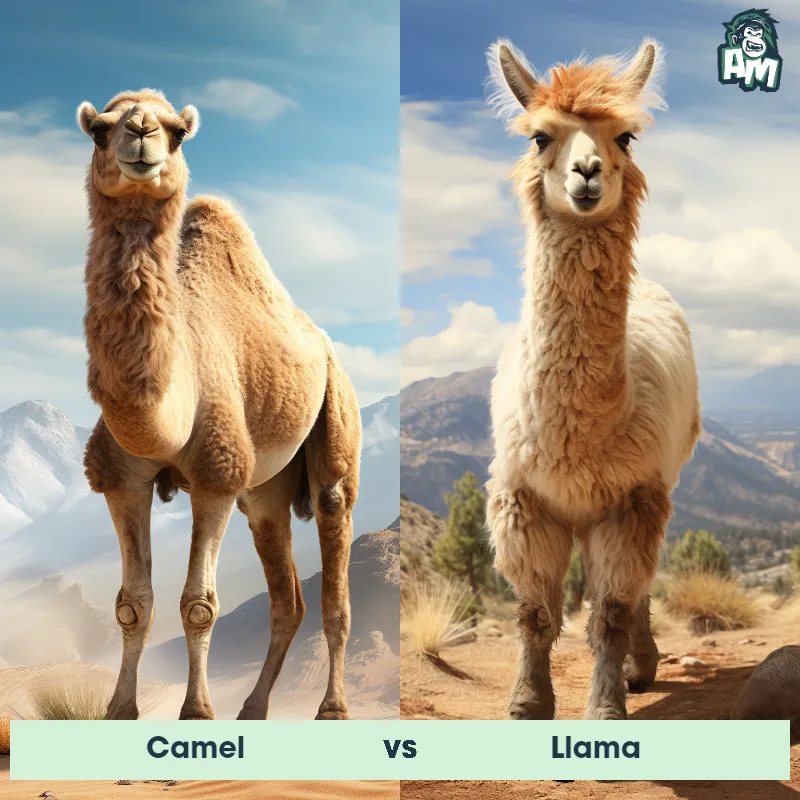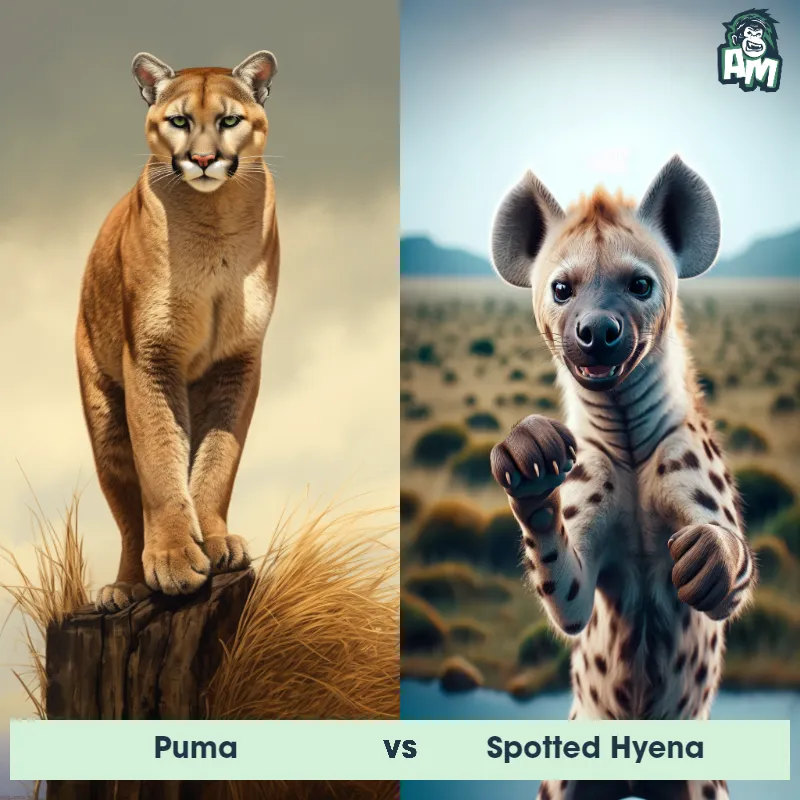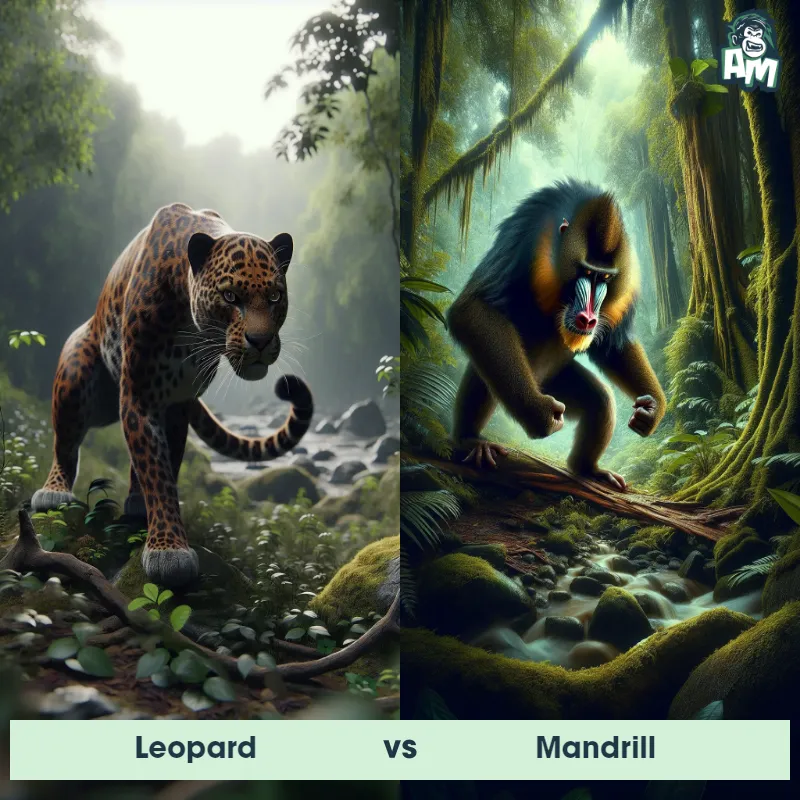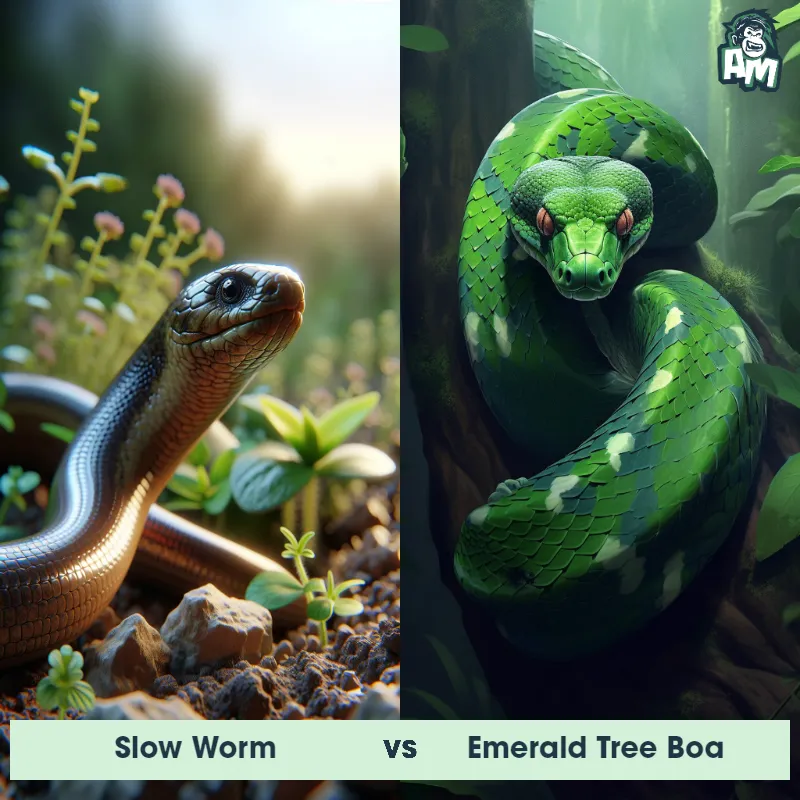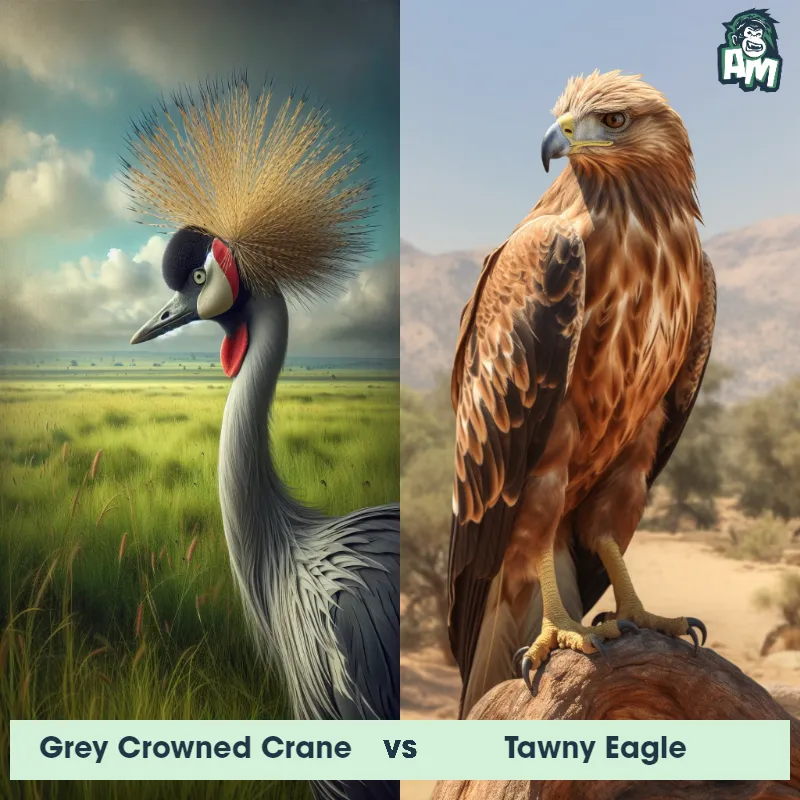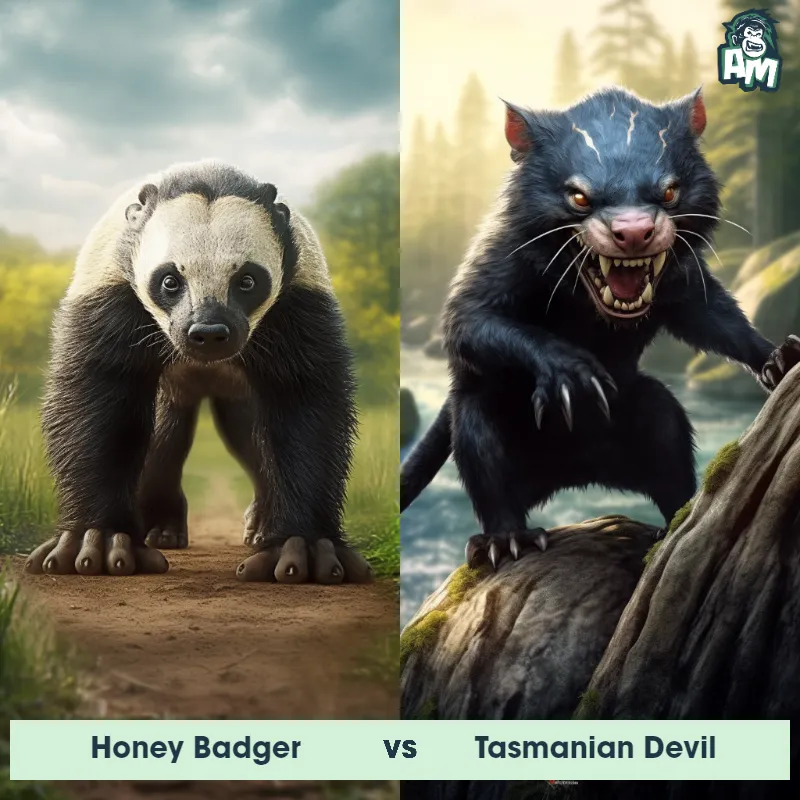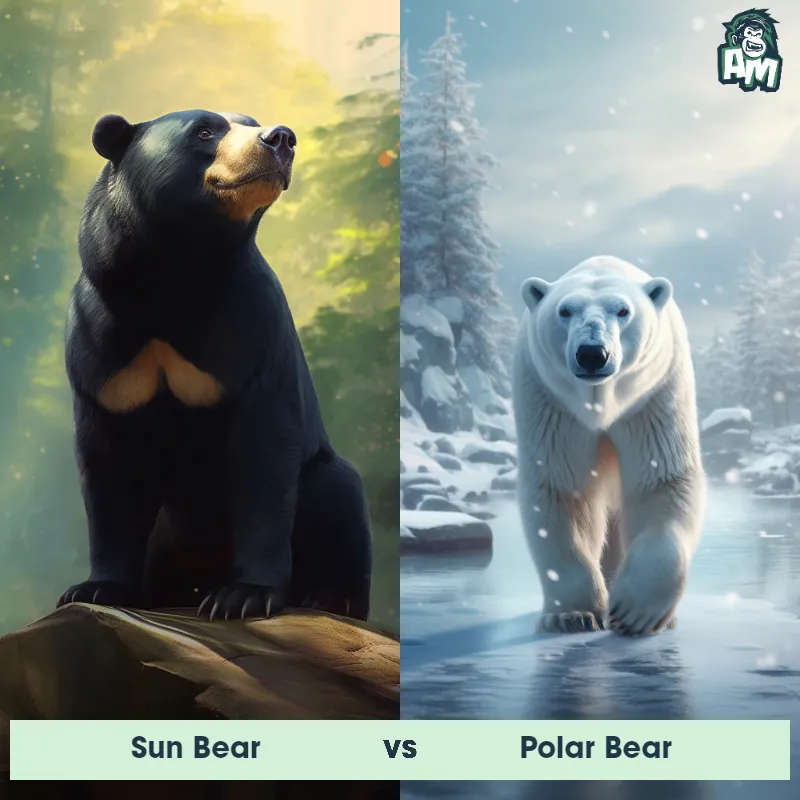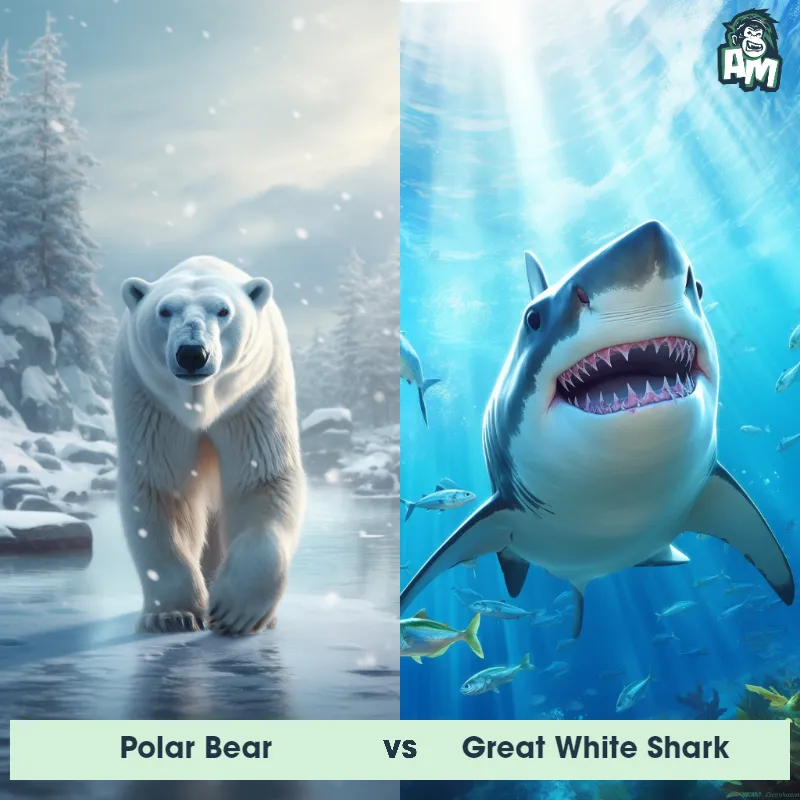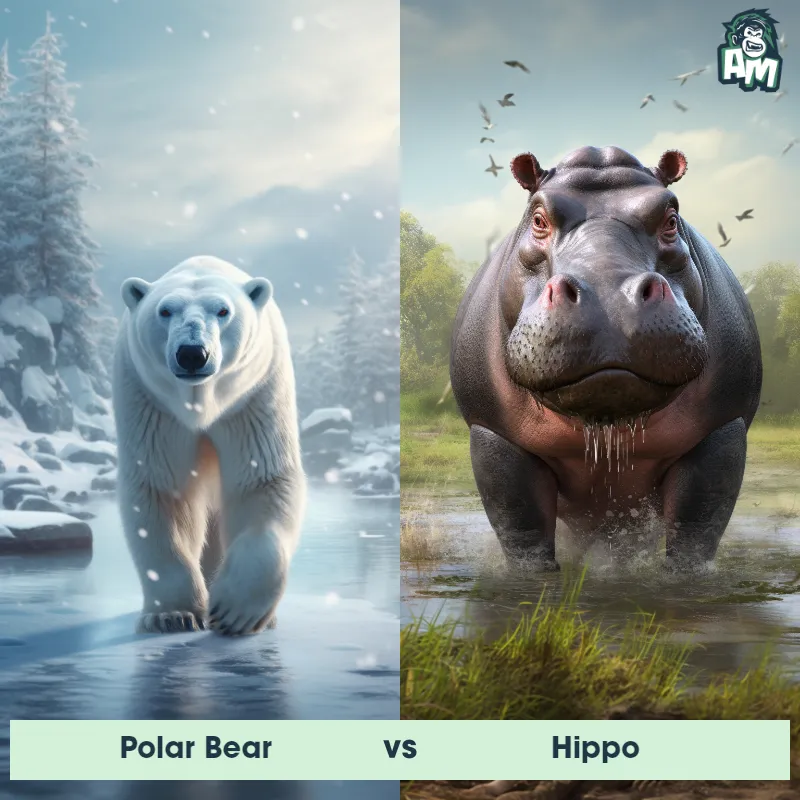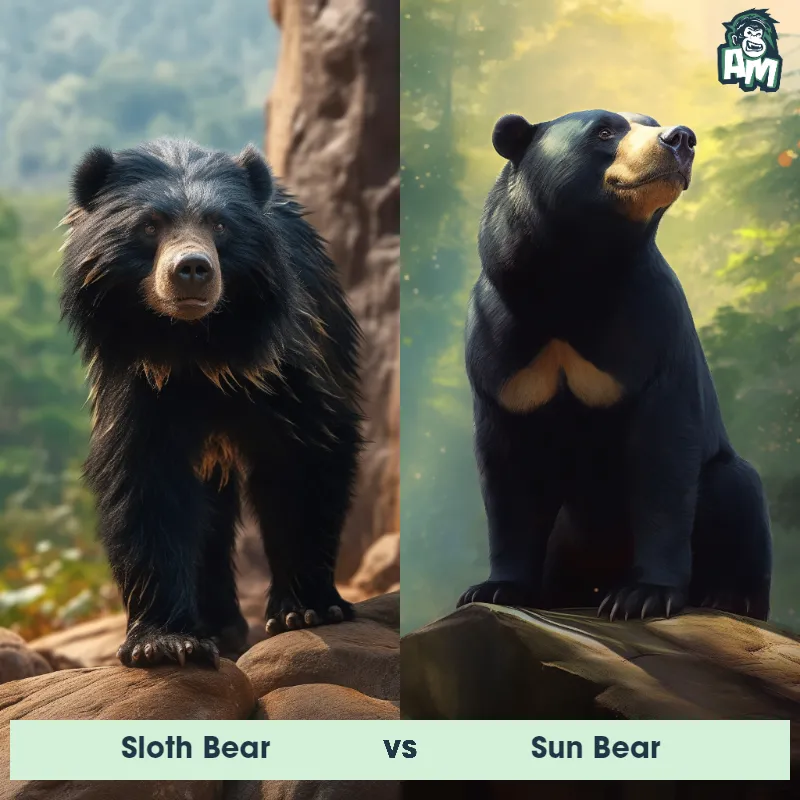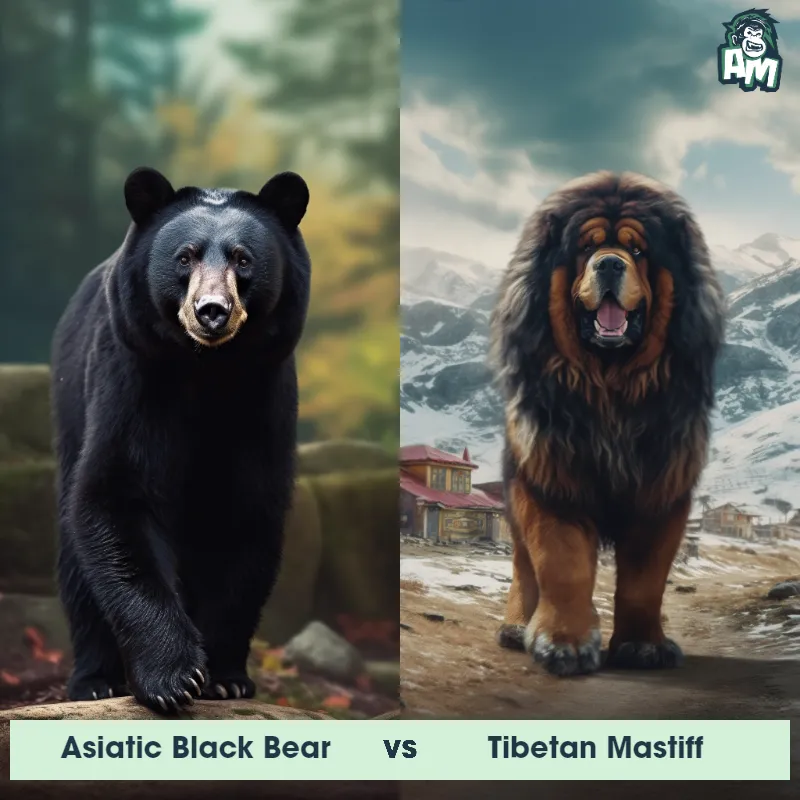Wolverine vs Polar BearSee Who Wins
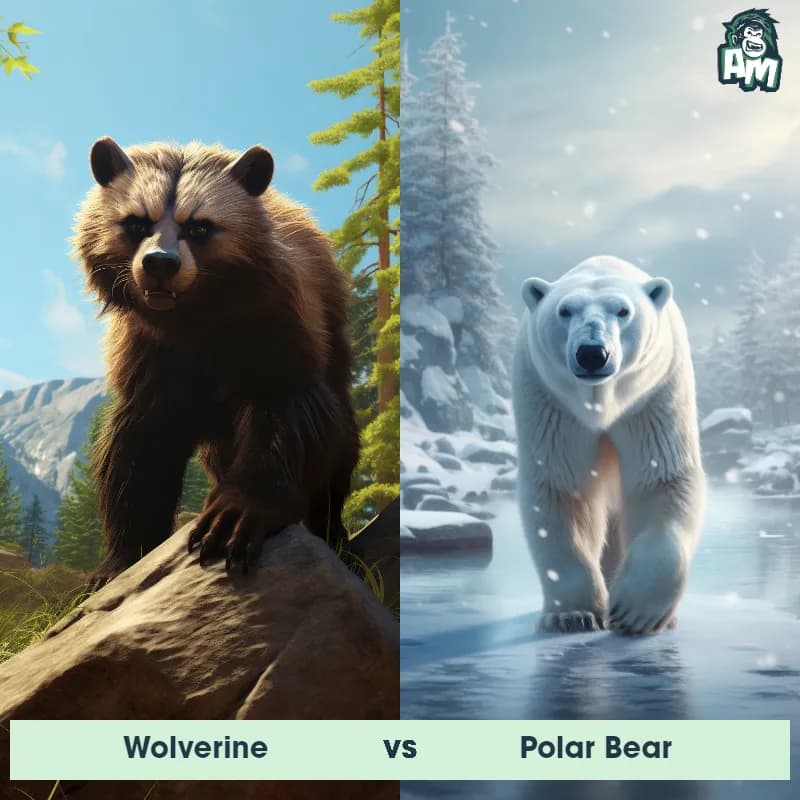
Ladies and gentlemen, brace yourselves for an electrifying showdown between two of the most ferocious mammals in the animal kingdom: the resilient Wolverine and the mighty Polar Bear. This intense 3-round battle will showcase their strength, agility, and endurance. Without further ado, let's dive into the action to see who will come out on top!
Contender 1: Wolverine
The Wolverine, also known as the Gulo gulo, is a stocky and muscular mammal that belongs to the weasel family. They have a thick, dark brown fur that helps them survive in cold environments. Wolverines have sharp claws and powerful jaws that allow them to hunt and scavenge for food. They are known for their ferocity and tenacity, and are able to take down prey much larger than themselves.
Fun Fact: Wolverines have a reputation for being tough and fearless, and are known to attack animals much larger than themselves, such as moose and caribou.
Contender 2: Polar Bear
The Polar Bear, also known as the Ursus maritimus, is a large carnivorous mammal that inhabits the Arctic region. They have a thick white fur coat that helps them blend in with their snowy surroundings, and their large paws are equipped with sharp claws that allow them to grip onto ice and catch prey. Polar Bears are excellent swimmers and can swim for long distances in search of food. They are also known for their incredible sense of smell, which they use to detect prey from miles away.
![[object Object] Gif](https://tenor.com/view/fight-mission-critical-nat-geo-wild-scuffle-brawl-gif-20524033.gif)
Fun Fact: Polar Bears have a layer of fat that can be up to 4.5 inches thick, which helps them stay warm in the frigid Arctic temperatures.
Matchup Stats
| Wolverine | Polar Bear | |
|---|---|---|
| Size | 26-34 inches (66-86 cm) in length | 8-10 feet (2.4-3 meters) |
| Weight | 22-55 pounds (10-25 kg) | 900-1,600 pounds (408-725 kilograms) |
| Speed | Speed: 30 mph (48.28 km/hr) | Speed: 25 mph (40 km/hr) |
| Key Strength | Powerful jaws and sharp claws | Powerful jaws and sharp claws |
| Biggest Weakness | Short legs and slow movement | Slow movement on land |
Current Votes
Wolverine vs Polar Bear
See Who Wins
View More Matches
Looking For More?
Similar Matches
Scientific Stats
| Wolverine | Polar Bear | |
|---|---|---|
| Scientific Name | Gulo gulo | Ursus maritimus |
| Family | Mustelidae | Ursidae |
| Habitat | Forests, tundra, and alpine meadows | Arctic region |
| Geography | North America, Europe, and Asia | Arctic Circle |
| Diet | Carnivorous, feeding on small mammals, birds, fish, and carrion | Carnivorous, primarily seals |
| Lifespan | 5 years - 13 years | 20 years - 30 years |
Key Differences between Wolverine and Polar Bear
- Claws: Wolverines have sharp, retractable claws that are used for climbing and digging, while Polar bears have non-retractable claws that are adapted for walking on ice and hunting seals.
- Habitat: Polar bears are found exclusively in the Arctic region, while Wolverines are found in boreal forests and tundra regions across the Northern Hemisphere.
- Diet: Polar bears primarily eat seals, while Wolverines are omnivores and eat a variety of foods including small mammals, birds, carrion, and berries.
- Size: Polar bears are much larger than Wolverines, with adult males weighing up to 1,500 pounds while Wolverines typically weigh between 20-70 pounds.
- Body shape: Polar bears have a more streamlined body shape with a long neck and narrow head, while Wolverines have a stocky, muscular build with a broad head and short neck.
- Fur color: Polar bears have white fur while Wolverines have dark brown fur with a lighter stripe down their sides.



